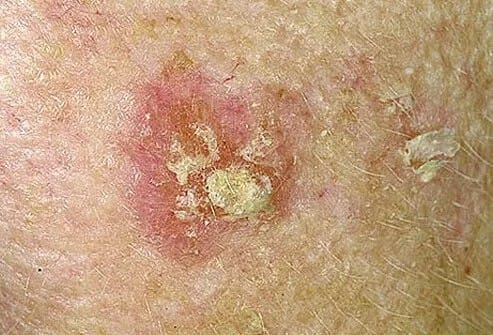OneMedicine | Private GP Clinic | Birmingham

Spending time in the sun feels good—but over time, UV exposure can take a toll on your skin. One of the earliest warning signs? Actinic keratosis (AK).
What is Actinic Keratosis?
Actinic keratosis (also called solar keratosis) is a rough, scaly patch on the skin caused by long-term sun damage. You’ll most often find it on areas that get lots of sun—face, ears, scalp, neck, forearms, and hands.
These lesions may look harmless at first, but they’re considered precancerous. Left untreated, some can develop into squamous cell carcinoma, a common type of skin cancer.
What Does It Look Like?
✔ Dry, crusty, or scaly patches
✔ Red, pink, brown, or skin-coloured
✔ Feels rough—like sandpaper
✔ May sting, itch, or feel sensitive
✔ Often appears in clusters
Who Gets It?
Actinic keratosis is more common if you:
- Are over 40
- Have fair skin, light eyes, or light hair
- Work or spend lots of time outdoors
- Have had lots of sunburns or tanning bed use
- Are immunosuppressed (e.g. organ transplant, certain medications)
Why It Matters
Not every AK turns into cancer, but around 5–10% can evolve into squamous cell carcinoma. Spotting and treating them early means preventing cancer before it starts.
How We Can Help at OneMedicine
We offer comprehensive skin assessments and cryo-treatment (liquid nitrogen therapy) for actinic keratosis. It’s quick, effective, and done in the clinic.
We’ll:
✔ Examine your skin thoroughly
✔ Treat lesions with cryotherapy or refer for biopsy if needed
✔ Offer advice on sun safety and prevention
Prevention Tips
- Use SPF 30+ broad-spectrum sunscreen daily
- Wear protective clothing and hats
- Avoid sunbeds
- Do regular skin self-checks
- Book in for a skin check if anything changes or feels unusual
Concerned About a Patch on Your Skin?
It’s always better to check early. Book your skin consultation with OneMedicine today—your future self will thank you.






